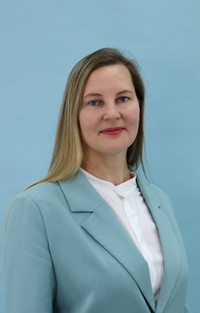Патогенетические основы артикуляционной диспраксии у детей дошкольного возраста
- Файл статьи: PDF
Аннотация: В процессе проспективного обследования 49 детей с артикуляционной диспраксией доказано, что
ядром патогенеза речевых нарушений
являются гностические расстройства —
неречевая и речевая слуховая дисгнозия.
Количественный анализ электроэнцефалографии (ЭЭГ) позволил установить
низкую функциональную интеграцию
височно-затылочных отделов справа и
межполушарных взаимодействий в возрасте 3—5 лет. Функциональное разобщение височно-затылочных отедлов мозга
сопряжено с нарушением развития неречевого слухового гнозиса. В старшем дошкольном возрасте наблюдалась трансформация внутриполушарных связей у детей с
артикуляционной диспраксией, обусловившая оптимизацию взаимодействия височно-затылочных отделов субдоминантного полушария и функциональную дезинтеграцию в лобно-височных и лобно-центральных зонах правого полушария, что связано с развитием орального и артикуляционного праксиса.
В процессе онтогенеза сохранился
дефицит межполушарных взаимодействий,
отражающий нарушение процессов латерализации в становлении речевой функции.
Нарушение начальных этапов восприятия и узнавания слухового стимула,
выявленное в ходе изучения когнитивных
вызванных потенциалов, подтверждает
ранее полученные данные когерентного
анализа ЭЭГ и свидетельствует о сохранении расстройства восприятия и узнавания слухового стимула на протяжении
всего дошкольного периода.
Ключевые слова: артикуляционная
диспраксия; речевой дизонтогенез; когерентный анализ ЭЭГ
Abstract: . The process of prospective observation of 49 children with
articulation dyspraxia shows that the
core of pathogenesis of speech deficiencies is made up by gnostic disorders –
non-speech and speech vocal disgnosis.
Quantitative analysis of electroencephalography (EEG.) allows registering
low functional integration of temporooccipital parts on the right side and
inter-hemispheric ties at the age of 3 to
5 years. Functional severance of temporooccipital parts of the brain is naturally
connected with developmental problems
of the non-speech vocal gnosis. Senior
preschool children with articulation
dyspraxia demonstrated transformation
of inter-hemispheric ties which caused
optimization of interaction of temporooccipital parts of the subdominant
hemisphere and functional disintegration in frontotemporal and frontocentral
parts of the right hemisphere which is
connected with the development of oral
and articulation praxis.
The deficit of inter-hemispheric
ties reflecting disorders in the processes
of lateralization of the development of
speech function stays in the process of
ontogenesis.
Disorders of initial stages of comprehension of an auditory signal revealed in the course of the study of cognitive potentials corroborates the previously obtained data of coherent EEG
analysis and testifies to the persistence
of comprehension of an auditory signal
during all preschool age period.
Key words: atriculation dyspraxia,
speech dysontogenesis, coherent analysis
of electroencephalography (EEG).


